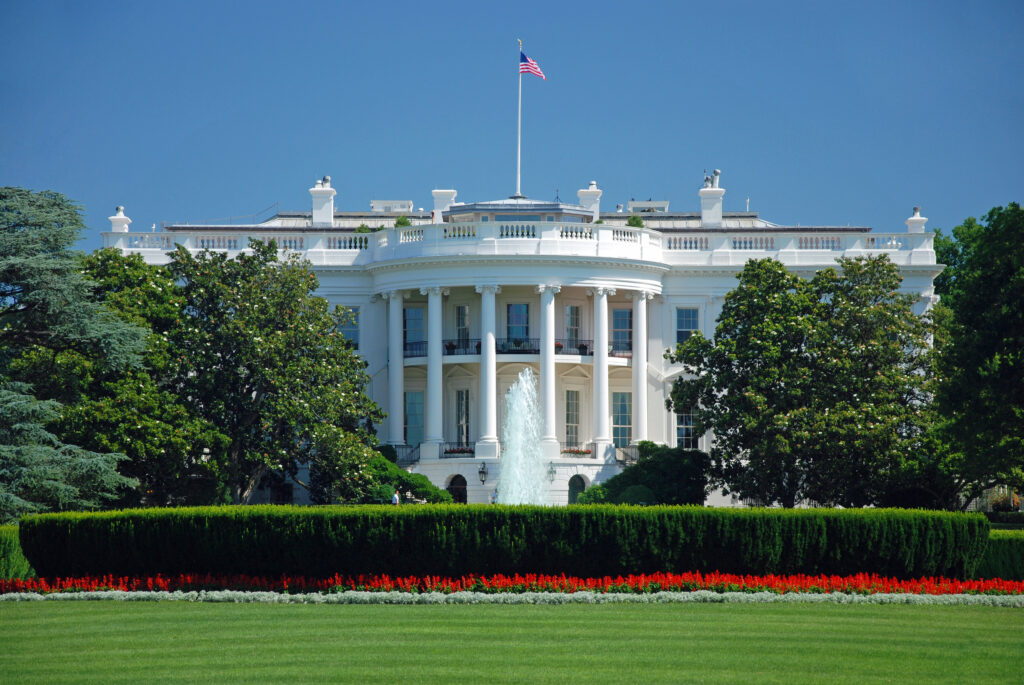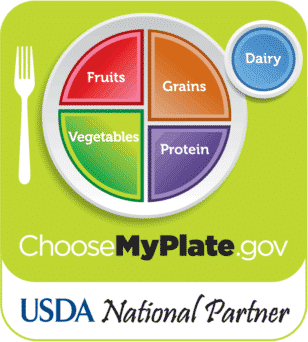On September 28 the White House conference on Hunger, Nutrition and Health introduced their National Strategy to drive solutions to end hunger, improve nutrition and physical activity. While only 500 people attended the invitation-only in-person event, thousands more watched on-line. JPA attended virtually.
To advance the President’s goal—and build on the federal government’s existing work to address hunger and diet-related diseases—this strategy identifies ambitious and achievable actions the Biden-Harris Administration will pursue across five pillars:
1. Improving food access and affordability, including by advancing economic security; increasing access to free and nourishing school meals for all children; providing Summer Electronic Benefits Transfer (EBT) benefits to more children; and expanding and modernizing the Supplemental Nutrition Assistance Program (SNAP) eligibility to more underserved populations.
2. Integrating nutrition and health, including by working with Congress to pilot coverage of medically tailored meals in Medicare; testing Medicaid coverage of nutrition education and other nutrition supports using Medicaid section 1115 demonstration projects; and expanding Medicaid and Medicare beneficiaries’ access to nutrition and obesity counseling; the government will be promoting a shift in medicine from treatment to prevention, food as medicine.
3. Empowering all consumers to make and have access to healthy choices, including by proposing to develop a standardized front-of-package labeling scheme for food packages; proposing to update the nutrition criteria for the “healthy” claim on food packages; expanding incentives for fruits and vegetables in SNAP; facilitating sodium reduction in the food supply by issuing longer-term, voluntary sodium targets for industry; and assessing additional steps to reduce added sugar consumption, including potential voluntary targets.
4. Supporting physical activity for all, including by expanding the U.S. Department of Health and Human Services’ Centers for Disease Control and Prevention’s (CDC) State Physical Activity and Nutrition Program to all states and territories; building neighborhoods to foster physical activity, investing in efforts to connect people to parks and other outdoor spaces; and funding regular updates to and promotion of the Physical Activity Guidelines for Americans;
5. Enhancing nutrition and food security research, including by bolstering funding to improve metrics, data collection, and research to inform nutrition and food security policy, particularly on issues of equity and access; and implementing a vision for advancing nutrition science, identifying opportunities and gaps.
In an effort to move these initiatives forward the White House has prioritized the following issues: a universal school meal program, the expansion, retention and modernization of the Women’s Infant and Children’s (WIC) program and the Healthy Meals Initiative, which promotes healthy meals in industry, the workplace, schools, academia and government.
One hundred percent juice is aligned with these programs, as drinking 100% juice has been shown to have a positive impact on diet quality and healthy eating index scores. That’s because juice drinking is associated with increased fruit and vegetable consumption and higher levels of much-needed nutrients like potassium and vitamin C. Furthermore, juice is shelf stable and convenient making it accessible, available and affordable for all segments of the population, regardless of economic status. Daily consumption in appropriate serving sizes can easily fit into a healthy diet.





